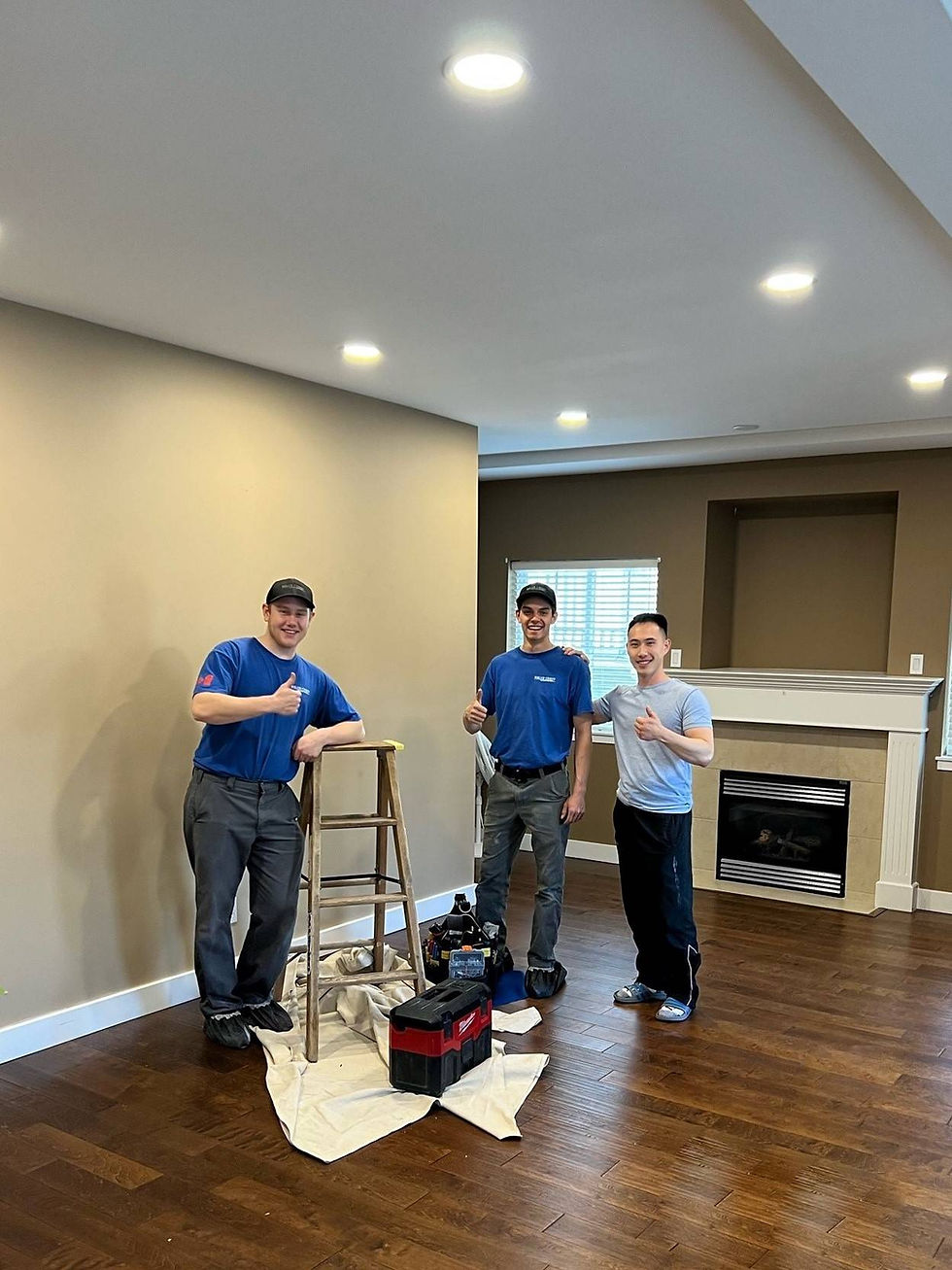Occupancy Sensors
- Yellow Pages Admin

- Aug 11, 2022
- 2 min read
Updated: May 31, 2024
Occupancy Sensor / Controlled Lighting
An occupancy sensor is a motion detecting lighting control device that reacts to movement within the sensor's range, then controls the lighting within that space. When the occupancy sensor no longer detects movement, it will automatically turn the lights off.
The most common occupancy sensor takes the place of the conventional light switch on the wall. Occupancy sensors look similar to a standard light switch. The majority of standardized occupancy sensors use infrared, ultrasonic, microwave, or other technology to detect movement and body heat emitted from a person when they enter a room.
Homeowners
A good reason why a homeowner would want an occupancy sensor in key locations in the home would be to save energy and to reduce costs on the electrical bill. In addition, house lights can accidentally be left on overnight. This will naturally shorten the life of the light bulbs and increase power consumption. Over time the occupancy sensors will provide a financial benefit in energy savings. Some key locations for these devises may be inside closets, crawl spaces, pantries, or bathrooms.
Businesses
An occupancy sensor would also be an asset in the business environment. Obvious locations could be bathrooms, closets, storage rooms, and lunchrooms. Alternately, any place where lighting might be left on by accident or habit is a good location for this technology. For companies that are energy conscious this is an excellent product to help cut costs and reduce energy waste. Another benefit of this hands-free, no touch, technology means that there is a reduced transmission of germs and viruses that people may encounter when they touch a standard light switch.
In the right application, occupancy sensors are an asset. In short, occupancy sensors can save a home and business owners valuable energy saving dollars.
For more information about occupancy sensors please contact Blue Crest Electric Ltd.





